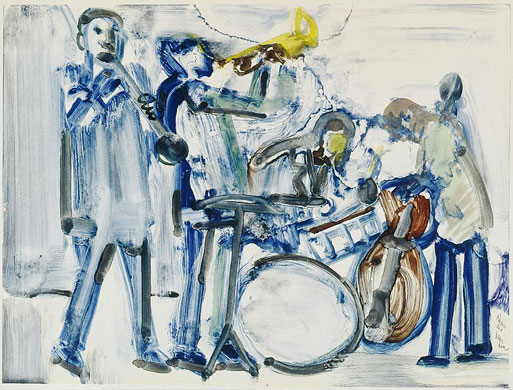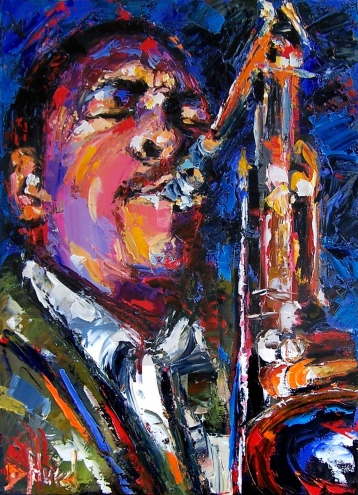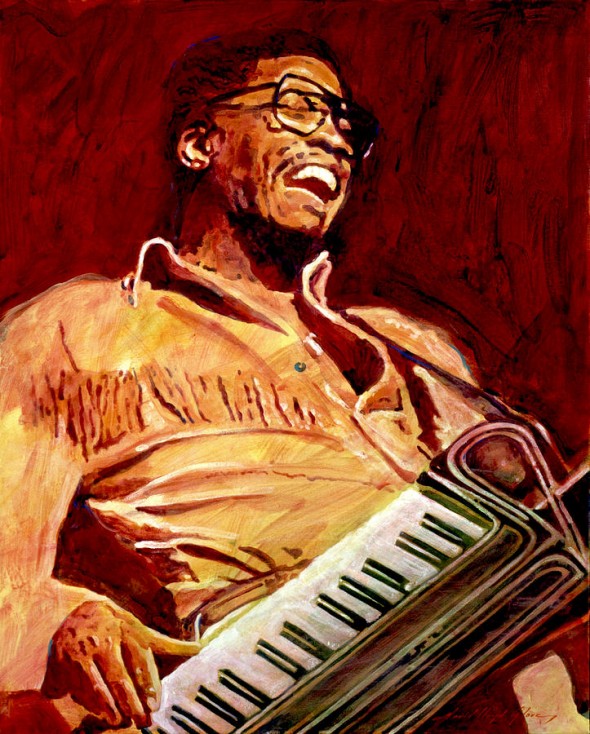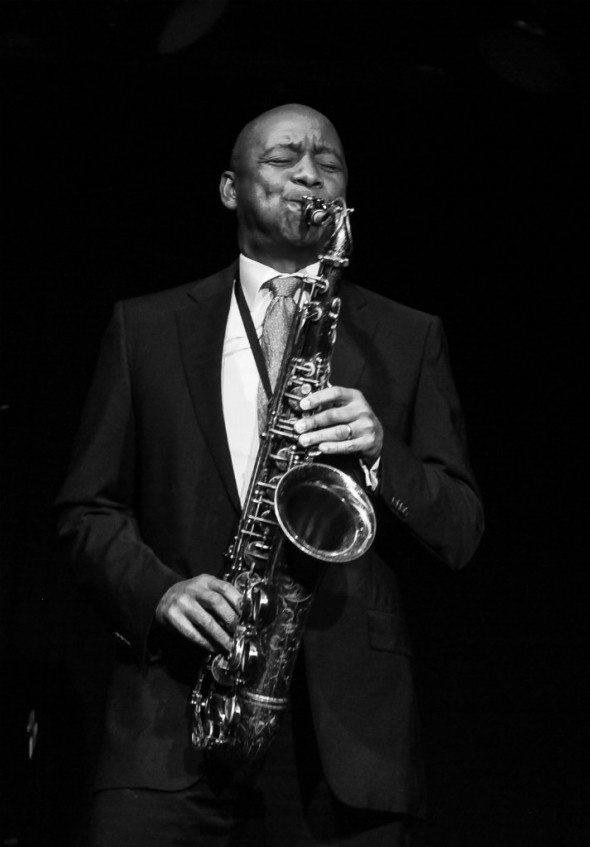Music, jazz in particular, provides an emotional anchor through which I engage the world.
On any given day, at some point, I will listen to Miles Davis. The record I repeatedly go back to is “So What,” an exquisitely elegant piece from his seminal 1959 studio album “Kind of Blue.” This may be followed by John Coltrane’s “My Favorite Things” or his other more pared down offering of “Naima.” Lately, I have also been enamored by the Israeli bassist Avishai Cohen, whose trio, with their mixture of Middle Eastern rhythms coupled with more traditional instruments, have created one of the most dynamic sounds in contemporary jazz.
The jazz aesthetic, as the novelist Ralph Ellison describes it, has come to inform my sensibility. It defines how I approach life. So when I was asked, what my leadership style was, after a few days of reflection and listening to Miles, Coltrane, Monk and others, I realized that, in a very visceral way, it was shaped by this art.
How, you ask? Well let me count the ways, with a little help from some of the greats in the tradition.

“Eclecticism is the word. Like a jazz musician who
creates his own style out of the styles around him, I play
it by ear.”
Ralph Ellison
The contrapuntal, point-counterpoint, improvised and collaborative style of jazz is how I believe teams, especially in journalism, should operate. Jazz, to the untrained eye, may seem chaotic, a lesser art, as some very smart people, such as Theodor Adorno, have contended. But within this creative madness, there is a larger vision that jazz musicians play to, which is to create beautiful music. In my area of expertise, the goal is to create impactful, public interest journalism. And through this style of collaborative improvisation, within that broader vision, has been my leadership approach.

“Do not fear mistakes – there are none.”
Miles Davis
One of the great joys of seeing jazz musicians performing live is the gift of witnessing music being created right on the spot. That’s the improvisation part, of course. This happens because at the core of the aesthetic is the creation of a space that encourages such experimentation. A bassist can push the melody from its original position because he/she knows the pianist will catch it, even though it may not be perfect. Point, counterpoint, to the larger goal. In this age of journalism, leaders in newsrooms need to create such spaces and trust that beautiful music will come as a result. I learned that from jazz and I try to cultivate it with my teams.

“I’ve found you’ve got to look back at the old
things and see them in a new light”
John Coltrane
It is important to cultivate a culture of experimentation in a newsroom. But I also believe that it is important to ground a team in the old values of accuracy, fairness and giving everyone equal voice no matter their background. I learned this from Mr. Coltrane. His re-imagination of “My Favorite Things” imbues it with fresh insights thereby revealing a new truth about an old classic. Similarly, I have learned that just because newspapering is experiencing tremendous difficulties right now that doesn’t mean that its values cannot be re-imagined within the context of our new era.

“The spirit of jazz is the spirit of
openness”
Herbie Hancock
When listening to jazz or watching it being performed live, the thing that becomes immediately clear is how open the musicians are to each other in their musical communication. It is through this spirit of trust and the security that comes with it that great music emerges. Successful leadership demands a clarity of vision communicated to one’s team. But more importantly, the team should feel safe to be open back to their leader and that he/she will listen. Without this symbiosis, jazz music would not be as beautiful. Similarly, in journalism, leaders create successful newsrooms through this “spirit of openness.”
Improvisation. Optimism. Cosmpolitanism
Without joy, optimism and a broad perspective informed by the ability to take the long view of things, you won’t be able to achieve great things. Whether that is as a band leader or an editor.

“You know, being America, being the land of “number
ones”, everyone wants to be a leader before they
follow”
Branford Marsalis
One of the most fascinating things about jazz is how these singular talents are able to subjugate their individual egos for the collective goal of creating beauty. This is something that I think is crucial for newsroom leaders to learn: When to push and be assertive, and when is it appropriate to let go and allow the team to flourish. Jazz musicians do it all the time. This is a quality I want to embody in my leadership style.
I will end my reflections with the insights, once again, of the great Wynton Marsalis. What he says here encapsulates what I have learned from jazz and why I find it beautiful. Take it away, sir!
